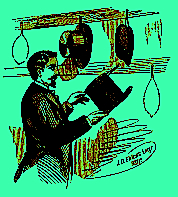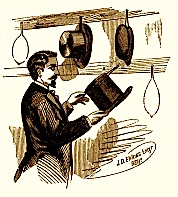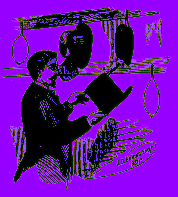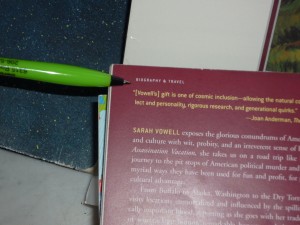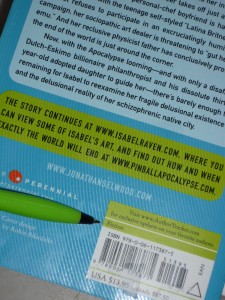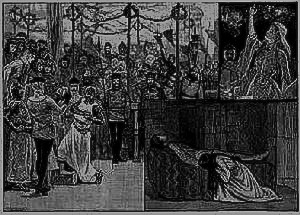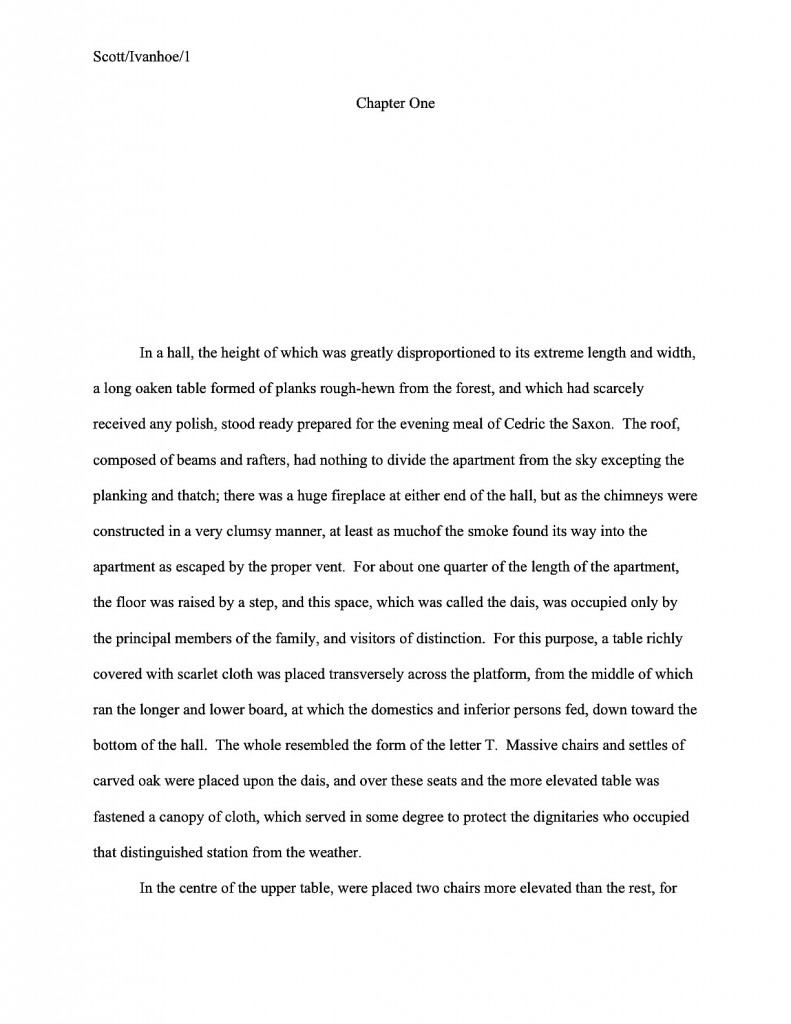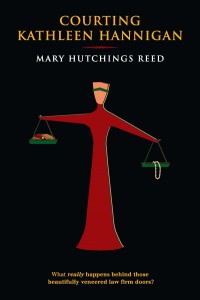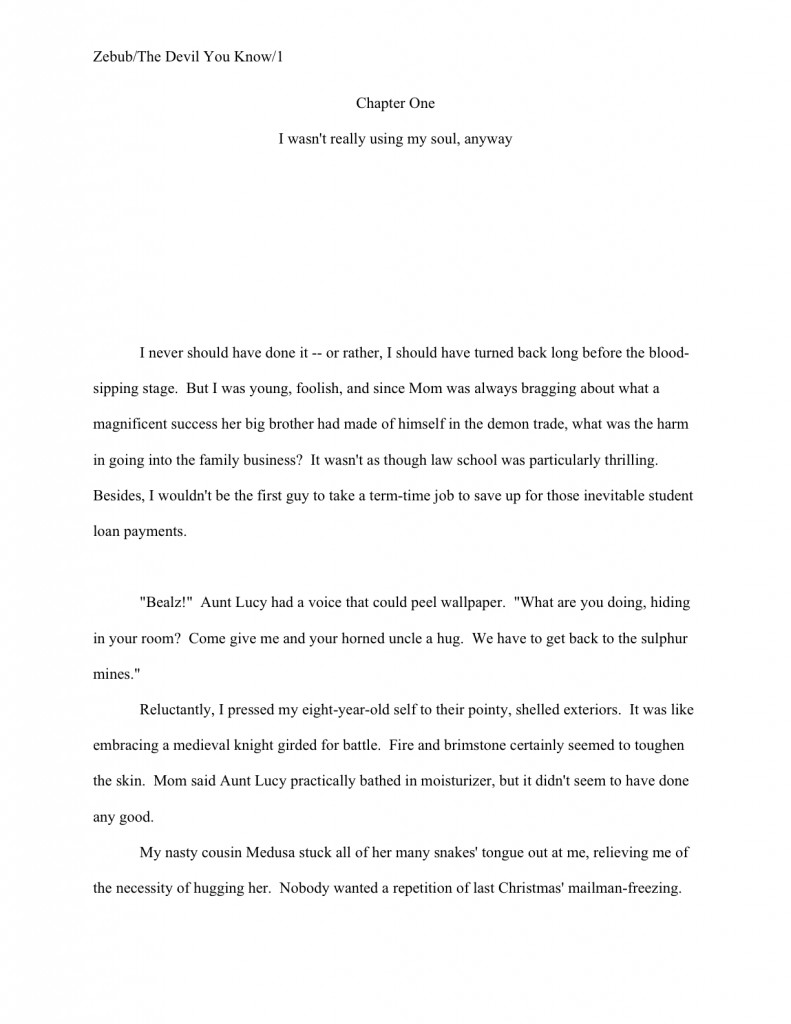
Remember how I mentioned last week that reality is sometimes a genuinely lousy storyteller, one that often deviates from a nice, dramatic story arc to devolve into low-end comedy or abrupt tragedy? Well, yesterday provided abundant evidence that it can have as heavy a hand with coincidences as any aspiring writer desperately afraid that otherwise, his readers will be too gosh-darned dim-witted to figure out that all of those clues littered liberally throughout the plot might ADD UP TO SOMETHING.
How heavy a hand did reality apply, you ask? How’s this for overkill: an otherwise completely unconnected agent, long-time reader, and my mother all suggested to me within a six-hour period that perhaps my blog posts were a touch on the long side. Not that they didn’t contain good, useful advice, they all hastened to add; the first and third were concerned about the rather significant drain upon my writing time to compose them, the second about the rather significant drain upon his writing time to read them.
Both sides had a point, I must admit. I’ve always been of the school of thought that holds that blogs can’t really be over-fed: since any given post remains here permanently, there’s nothing stopping a time-pressed reader from stopping in the middle of one and coming back later. Yet even I occasionally experience qualms about just how much time a new reader might end up investing in perusing the archives, especially now that we’re heading into conference (and therefore pitching) season.
And let’s face it, as volunteer activities go, blogging is one of the more time-consuming ones. Most freelance editors who want to give back to the writing community volunteer a few hours a year at their local writers’ conference and call it good.
So far, so good: I took a day off (mid-week, even!) and today’s post is going to be a comparatively short one. In the days to come, I’ll try to dial it back a little.
Historically, I haven’t been all that good at giving the time-strapped bite-sized pieces of analysis, rather than a full meal — in my experience, a fuller explanation tends to be more helpful for writers — but hey, I’ll give it the old college try. Although truth compels me to add that my alma mater has never been noted for the brevity of its graduates’ — or professors’ — observations. That’s the problem with complex analysis; it doesn’t really lend itself to bullet-pointed how-to lists.
Word to the wise: a time-strapped individual might want to be cautious about getting any of us started on explaining the quark or deconstructing MOBY DICK unless she has a few hours to kill. I just mention.
But was that perennially insecure storyteller, reality, satisfied with making this suggestion THREE TIMES in a single day? Apparently not: the moment I logged in this evening, my incoming link alert informed me that two readers had also blogged on the subject within the last couple of days. And not precisely in a “Gee, I’m glad she’s explaining it this thoroughly, but where does she find the time?” vein.
If I’d encountered this level of conceptual redundancy in a manuscript, I’d have excised the third through fifth commentaries upon my wordiness. Possibly the second as well, if the writer intended the manuscript for submission.
Why be so draconian, those of you who write anything longer than super-short stories ask with horror? Well, what would you call a protagonist who needs to be given the same piece of advice five times before acting upon it?
Oh, you may laugh, but making the same point made five times is hardly unheard-of in a manuscript. Nor, alas, is ten or twelve. You’d be astonished at just how many writers seem to assume that their readers won’t be paying very close attention to their plotlines.
Not that Millicent the agency screener would know just how common this level of plot redundancy is, mind you; she tends to stop reading at the first paragraph that prompts her to exclaim, “Hey, didn’t this happen a few lines/pages/chapters ago?” She’s less likely to chalk the redundancy up to narrative insecurity, however, than to a simple lack of proofreading prior to submission.
Why would she leap to the latter conclusion? Well, let me ask you: have you ever made a revision in one scene, didn’t have time to go through the entirety of the manuscript, altering each and every scene affected by that change, and forgot to write yourself a note to remind you to do it right away? Or changed your mind about the plot’s running order without immediately sitting down and reading the revised version IN ITS ENTIRETY, IN HARD COPY, and OUT LOUD in order to make absolutely certain that you deleted in Chapter Two what you added to Chapter Six?
Hey, we’re all strapped for time. Things slip through the cracks. Millicent hates when that happens.
Actually, I was thinking about all of you on my day off, contrary to agent’s, reader’s, bloggers’, and mother’s orders. I couldn’t help it: I was watching Absolute Zero, a documentary about a man who froze to death in what he believed to be a refrigerated railway car. (It wasn’t: the chiller wasn’t working properly.) Trapped, with no prospect of escape, he documented his sensations while yielding to apparently psychosomatic hypothermia by writing on the car’s walls at periodic intervals. After it finished, I leaned over to the arty film-loving friend who had dragged me to the flick and whispered, “Now THAT’s an active protagonist!”
See? It can be done.
I had planned to launch into the burning issue of juggling multiple protagonists today, but all of the control issues of that film must have seeped into my consciousness: I had written only a few paragraphs before I noticed that I had already used the term Point-of-View Nazi twice in passing. Rather than making those of you new to this site guess what this means, I thought I might go the wacky route of spending today’s post defining it, and THEN use it in later discussion.
Just in case any of you missed my earlier point about not putting off those follow-up writing tasks until some dim future point when one will magically have more time to devote to them: it’s a really, really good idea to deal with ‘em right way, before one forgets. Because one often does forget, and for the best of reasons: most of the writers I know are perennially swamped, struggling to carve out writing time in already busy lives.
So let’s cut right to the chase: who is the Point-of-View Nazi, and how can he harm those of you who favor, say, the use of multiple protagonists?
A Point-of-View Nazi (POVN) is a reader — frequently a teacher, critic, agent, editor, or other person with authority over writers — who believes firmly that the only legitimate way to write third-person-narrated fiction is to pick a single character in the book or scene (generally the protagonist) and report ONLY his or her thoughts and sensations throughout the piece. Like first-person narration, this approach conveys only the internal experience of a single character, rather than several or all of the characters in the scene or book.
To put it bluntly, the POVN is the Millicent who automatically throws up her hands over multiple protagonist narration REGARDLESS OF HOW WELL IT IS DONE. And while this ilk of screener has been less prominent in recent years than formerly, those of you who play interesting experiments with narrative voice definitely need to know of her existence.
Now, of course, there is absolutely nothing wrong with tight third person narration focused upon a single character, inherently: it combines the advantages of a dispassionate narrator with the plotting and pacing plusses of a single perspective. It permits the author to sink deeply (or not) into the consciousness of a chosen character without losing the emotional distance of an omniscient narrator. Also, since no one else’s point of view is depicted, it can render the later actions of other characters more surprising to the reader, which can in turn help build suspense and conflict on the page.
It is not, however, the only third-person narrative possibility — a fact that drives your garden-variety POVN positively mad with rage. Maybe not I’m-gonna-cause-some-mayhem mad, but certainly I’m-gonna-reject-this-manuscript mad. A little something like this:
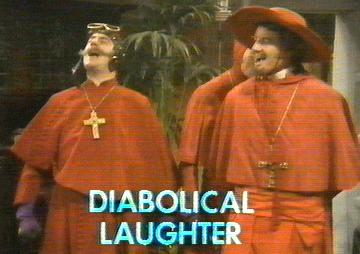
All of us have our own particular favorite narrative styles, naturally, and many of us have been known to lobby for their use. What distinguishes a POVN from a mere enthusiast for a particular narrative style is his active campaign to dissuade all other writers from ever considering the inclusion of more than one perspective in a third-person narrative.
Just ask one — trust me, he would be more than glad to tell you what voice is best for your book. He would like multiple-consciousness narratives to be wiped from the face of the earth with all possible speed, please. He has been known to tell his students — or members of his writing group, or his clients, or the writers whom he edits or represents — that multiple POV narration in the third person is, to put it politely, terrible writing.
It should be stamped out, he feels — by statute, if necessary. And definitely by rejection letter.
So much for the majority of fiction currently being published in the English-speaking world, I guess. And so much for Jane Austen and most of the illustrious third-person narrative-writers of the 18th and 19th centuries, who used multiple perspectives to great effect.
I bring up our forebears advisedly, because one of the reasons that POVNs were so common was that in the post-World War II era, the prose stylings of the 18th and 19th centuries tended to be rejected as old-fashioned (and therefore bad) by writing teachers. “Downright Dickensian,” many a POVN has cried, covering her students’ first forays into fiction with gallons of red ink. “How can we possibly follow the story, with so many characters’ perspectives?”
I should stop here and make a distinction between the POVN and a good professional reader who objects to what’s called in the trade head-hopping: when a narrative that has been sticking to a single point of view for pages or chapters on end suddenly wanders into another character’s perspective for a paragraph or two. That can be genuinely confusing to any reader, regardless of preexisting belief systems.
Think about it: if a book has been looking out of the protagonist’s eyes for 147 pages, it is a little jarring for the reader to be abruptly introduced to another character’s thoughts. The implication is that the protagonist has magically become psychic, and should be benefiting, along with the reader, from hearing the thoughts of others. If it’s an extreme enough perspective shift, the reader can get knocked out of the story to wonder, “Hey, how could Jemima possibly have seen that?”
Sometimes, this is a deliberative narrative choice, naturally, but more often, it’s the remnant of an earlier draft with an omniscient narrator — or one where another character was the protagonist. (I don’t need to reiterate the advice about going through the manuscript to make sure such changes of perspective are implemented universally, do I? I thought not.)
Another popular justification for head-hopping — although I’m sure all of you are far too conscientious to pull a fast one like this on Millicent — is that the strictures of a close third-person became inconvenient for describing what’s going on in a particular scene. “Hmm,” the wily writer thinks, “in this busy scene, I need to show a piece of action that my protagonist couldn’t possibly see, yet for the past 57 pages, the narration has presumed that the reader is seeing through Jemima’s eyes, and Jemima’s alone. Maybe no one will notice if I just switch the close-third person perspective into nearby Osbert’s head for a paragraph or two, to show the angle I want on events.”
Those of you who have encountered Millicent’s — or indeed, any professional reader’s — super-close scrutiny before: how likely is she not to notice that narrative trick? Here’s a hint:

Uh-huh; it’s not worth the risk. In fact, no matter what perspective you have chosen for your book, it would behoove you to give it a once-over (preferably IN ITS ENTIRETY, IN HARD COPY, and OUT LOUD), checking for head-hopping. It drives those of us who read manuscripts for a living batty.
But simple (or even complex) head-hopping is not what’s likely to get you in trouble with your garden-variety POVN. Oh, he hates head-hopping, like most professional readers, but he tends not to be the kind of well-meaning soul who will point out this type of slip to aspiring writers. Nor, indeed, is he the sort at all likely to make a charitable distinction between accidental head-hopping and a misguided narrative choice.
No, a really rabid POVN will jump upon ANY instance of multiple-perspective narration, castigating it as inherently unacceptable, even unpublishable writing — and will rather smugly inform the author that she has broken an ironclad writing rule by doing it. To an aspiring writer expecting to engage in a straightforward, friendly discussion about whether his voice and perspective choices are the most effective way to tell a particular story, this can come as something as a shock.
To be fair, the POVN tends to believe she’s doing aspiring writers a big favor by being inflexible on this point. Remember, many of today’s more adamant POVNs are merely transmitting the lessons they were taught in their first good writing classes: for years, many English professors set it down as a general rule that multiple points of view were inherently distracting in a third-person narrative.
Take that, CATCH-22!
Personally, I think the focus of the narrative voice is a stylistic choice, up to the writer, rather than something that can be imposed like the Code of Hammurabi on every novel wavering on human fingertips, waiting to be written. My primary criterion for judging voice is whether a writer’s individual writing choices serve her story well, rather than rejecting a manuscript outright because of a preconceived notion of what is and isn’t possible.
Call me zany, but I like to think that there’s more than one way to tell a story.
To be fair, though, as an inveterate reader of literary fiction, I have a special affection for authors whose talent is so vast that they can pull off breaking a major writing commandment from time to time. Alice Walker’s use of punctuation alone in THE COLOR PURPLE would have caused many rigid rule-huggers to dismiss her writing on page 1, but the result is, I think, brilliant. (Fortunately, and probably not entirely coincidentally, though, she already had an agent when she wrote it, so she did not have to subject that stylistic choice to the vagaries of Millicent and her ilk.)
I love to discover a writer so skilled at her craft that she can afford to bend a rule or two. Heaven forefend that every writer’s voice should start to sound alike — or that writing should all start to sound as though it dropped from a single pen.
Which is precisely what hard-and-fast rules of narrative style tend to produce, across a writing population. It’s not accidental that a particular perspective choice often dominates a book category for years at a time — agents and editors tend to assume that the narrative choices of the best-selling authors in that category are those that readers prefer. Then some brave soul will hit the big time with a book written from the non-dominant point of view, and all of a sudden, that choice is the new normal.
Like so many other matters of subjective aesthetic judgment, close third-person narration (also known as tight third-person) goes in and out of fashion. But just try pointing that out to a POVN.
One effect of the reign of the POVNs — whose views go through periods of being very popular indeed, then fall into disuse, only to rise anew — has been the production of vast quantities of stories and novels where the protagonist’s point of view and the narrator’s are astonishingly similar. And, wouldn’t you know it, those POVs are overwhelmingly upper-middle class, college-educated, and grateful to teachers who kept barking, “Write what you know!”
The POVNs have also given us a whole slew of books where the other characters are exactly as they appear to the protagonist: no more, no less. No subtext here. The rise of television and movies, where the camera is usually an impersonal narrator of the visibly obvious, has also contributed to this kind of what you see is what you get characterization (if you’ll forgive my quoting the late great Flip Wilson in this context).
The result is a whole lot of submissions that just beg the question, “Why wasn’t this book just written in the first person, if we’re not going to gain any significant insight into the other characters?”
I suspect that I am not the only reader who addresses such questions to an unhearing universe in the dead of night, but for a POVN, the answer is abundantly obvious. The piece in question focused upon a single POV because there is simply no other way to write a third-person scene.
Oh, you disagree with that? Cue the Spanish Inquisition!
As a matter of fact, I disagree with that, but I’m going to sign off now, before the blog-length hard-liners come after me for the sixth time. Should the POVNs come after you before my next set of (comparatively brief) thoughts on the subject, fling some Jane Austen at ‘em; while they’re ripping it apart, you can slip out the back way.
I hate to leave you in the lurch, but…wait, who is that pounding on my door? Pardon me if I run, and keep up the good work!









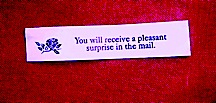




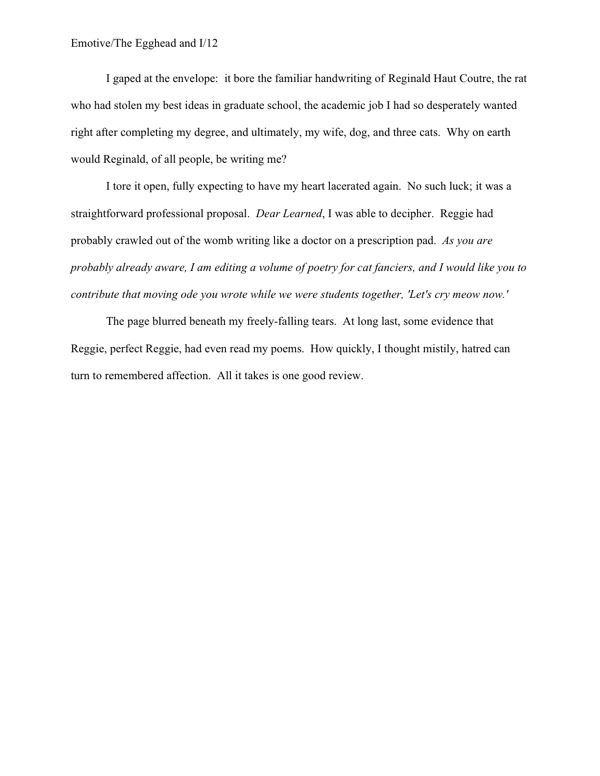

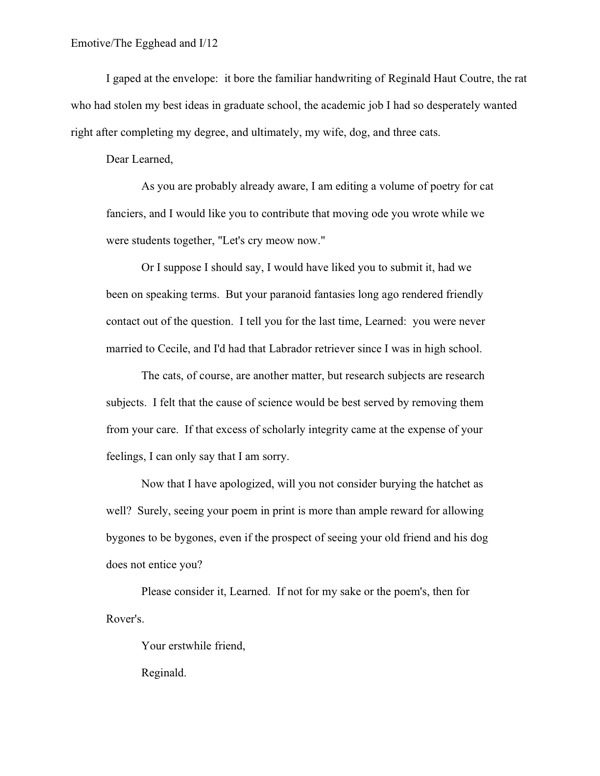
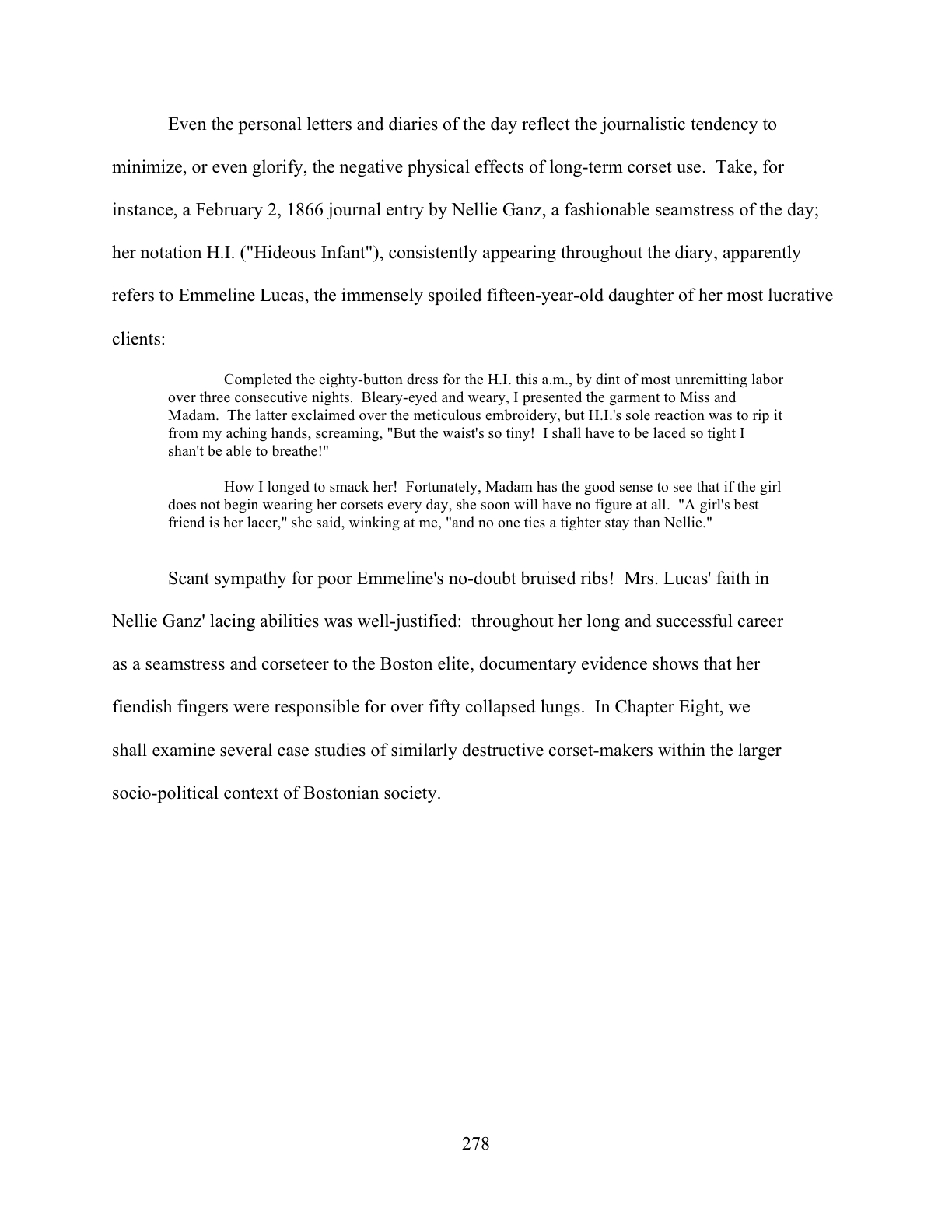
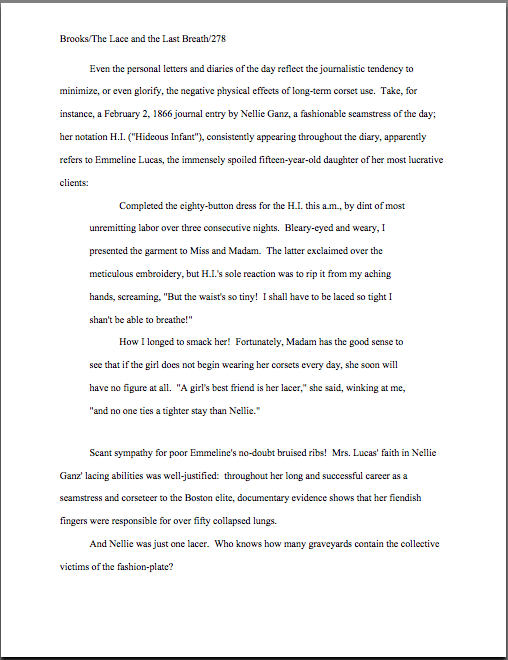
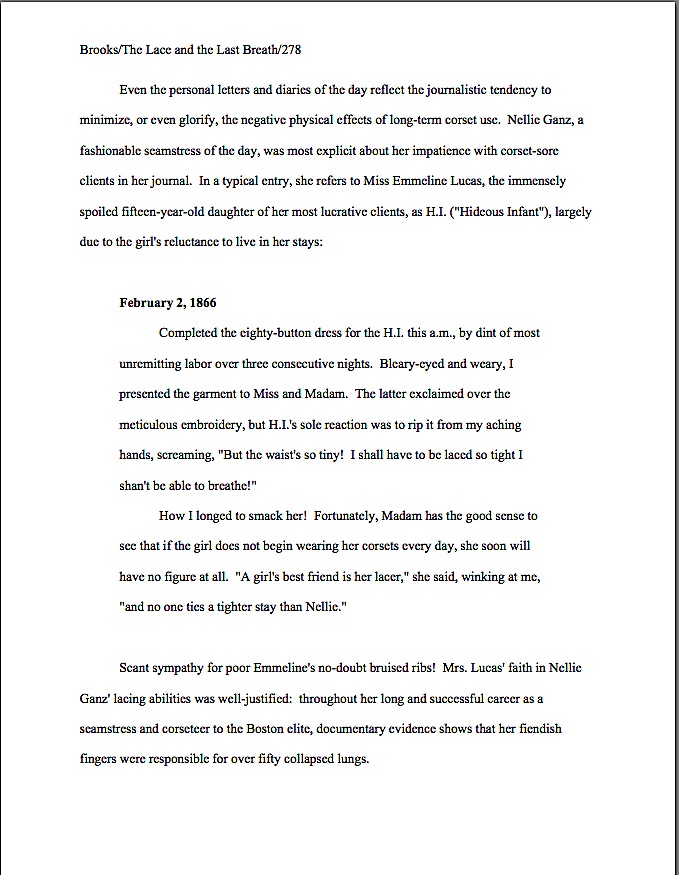
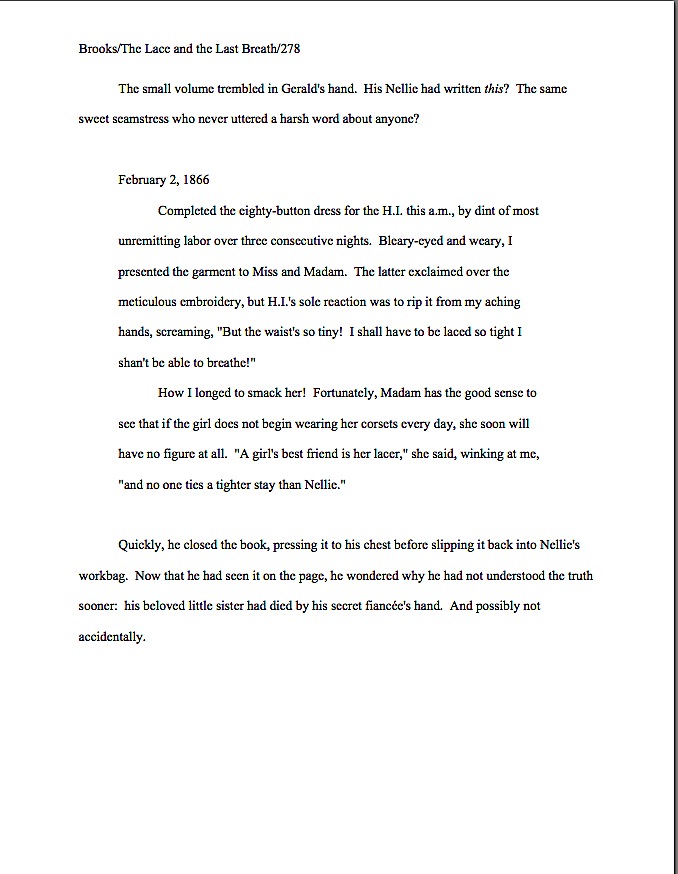
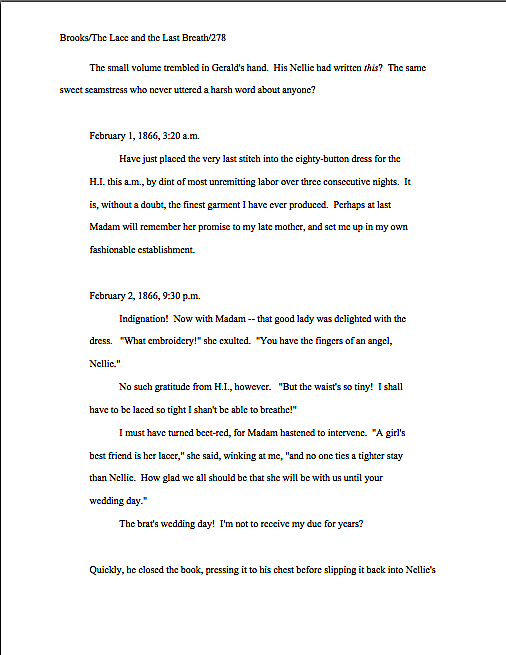
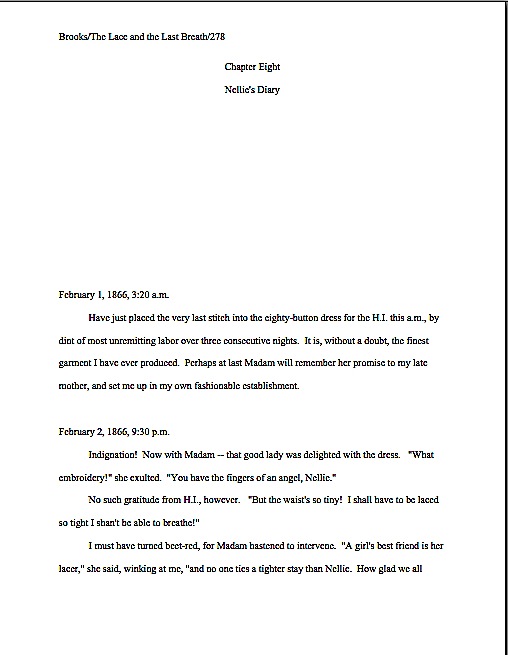
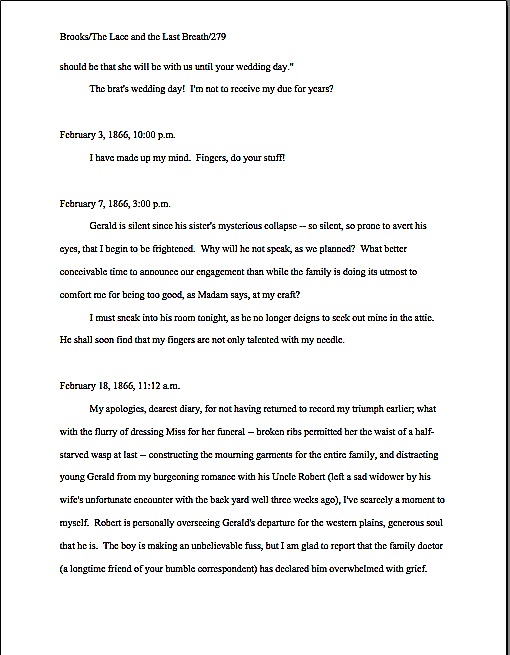

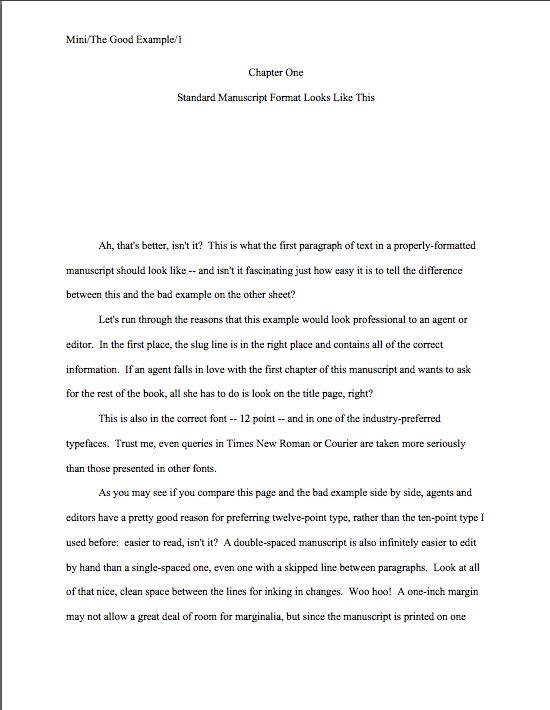
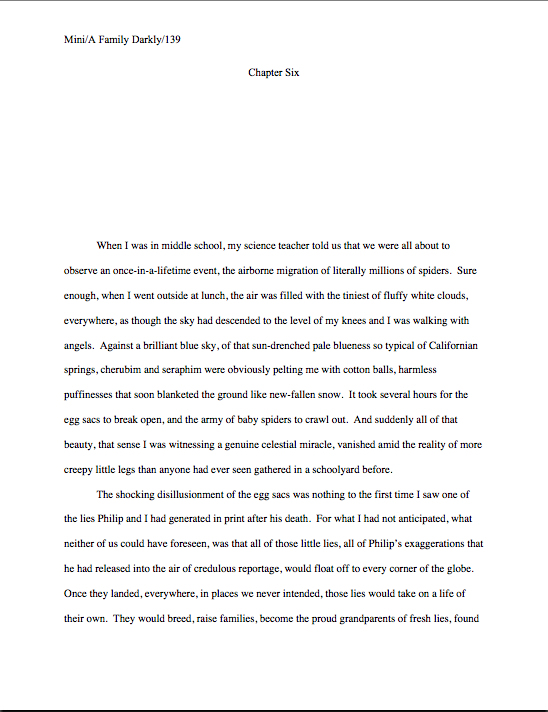


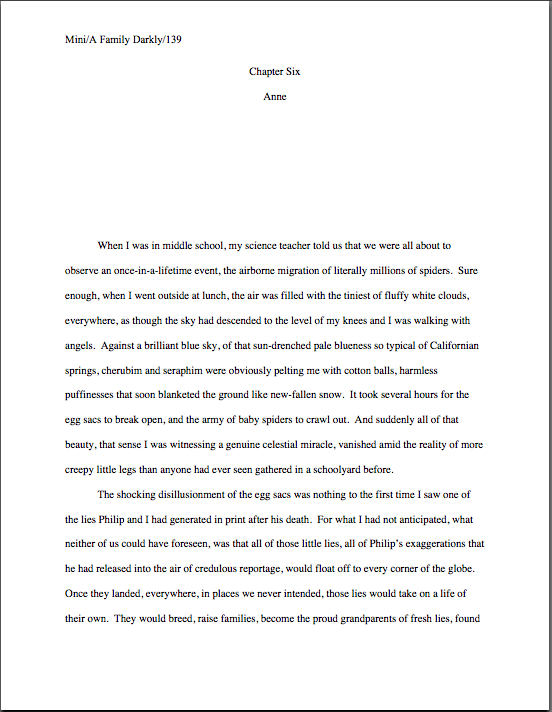

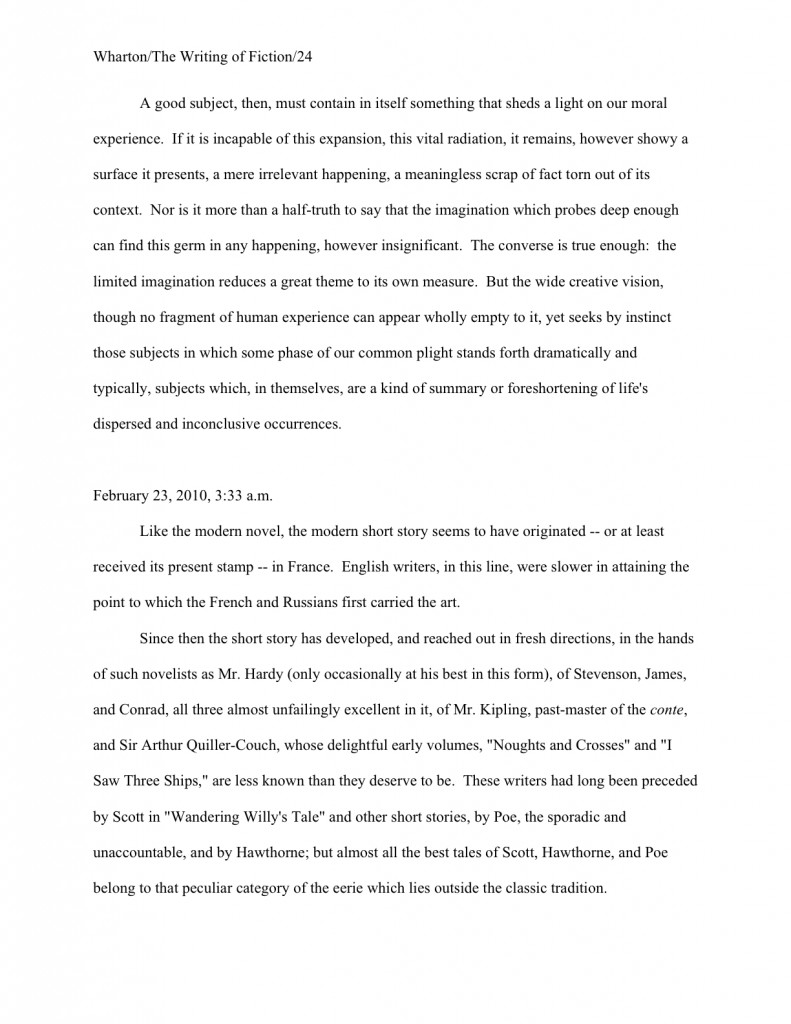

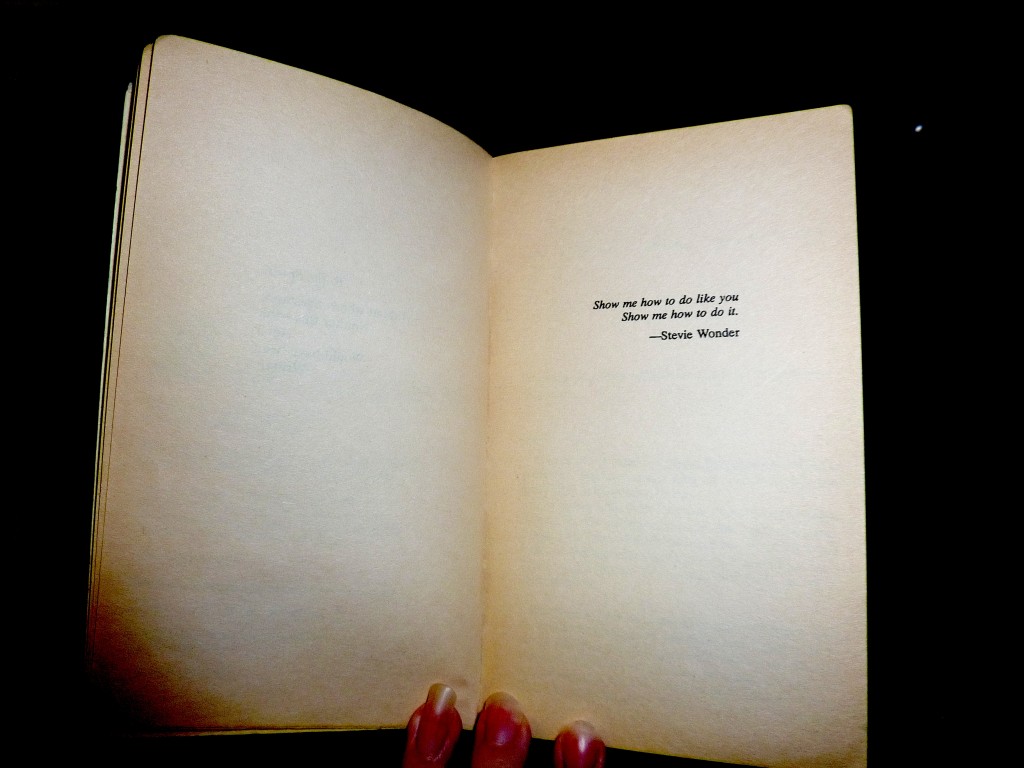
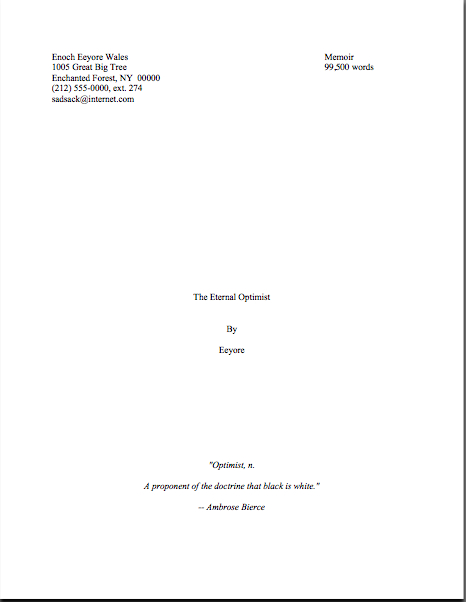
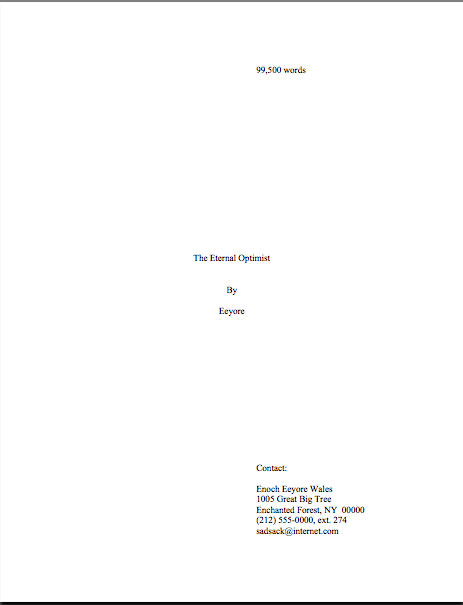
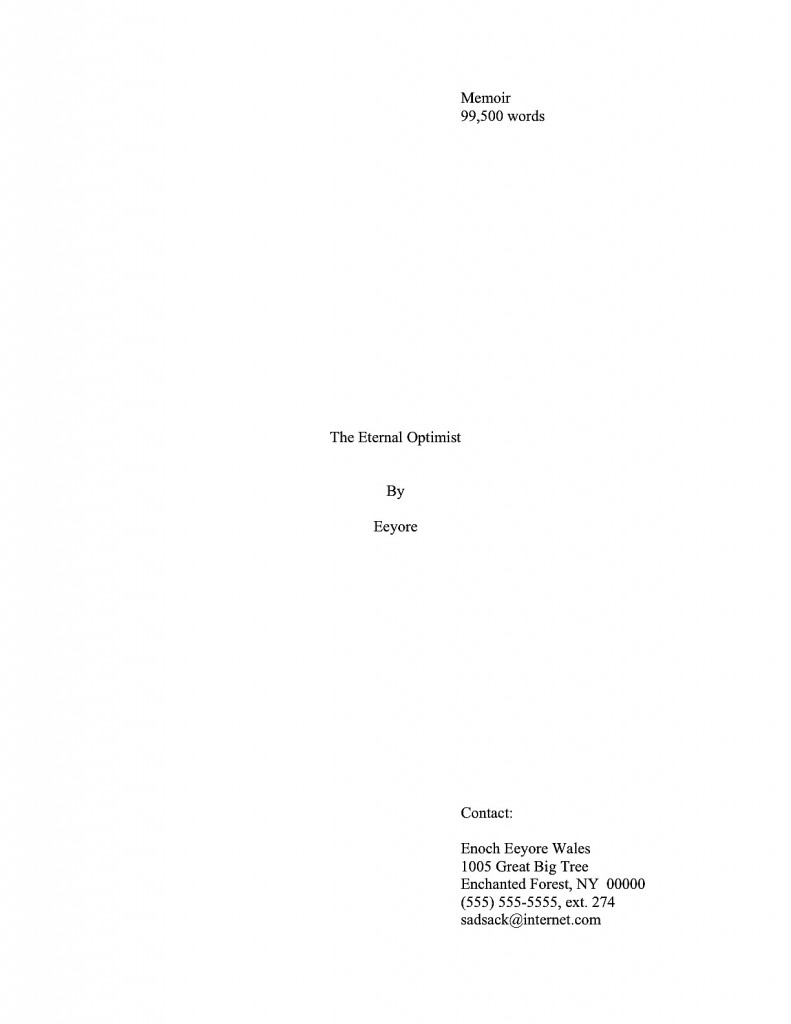
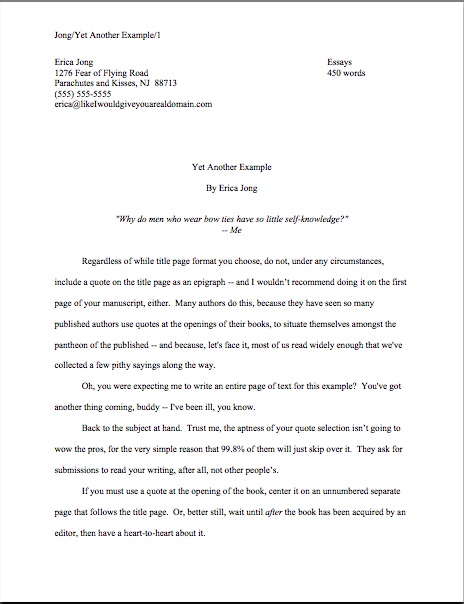
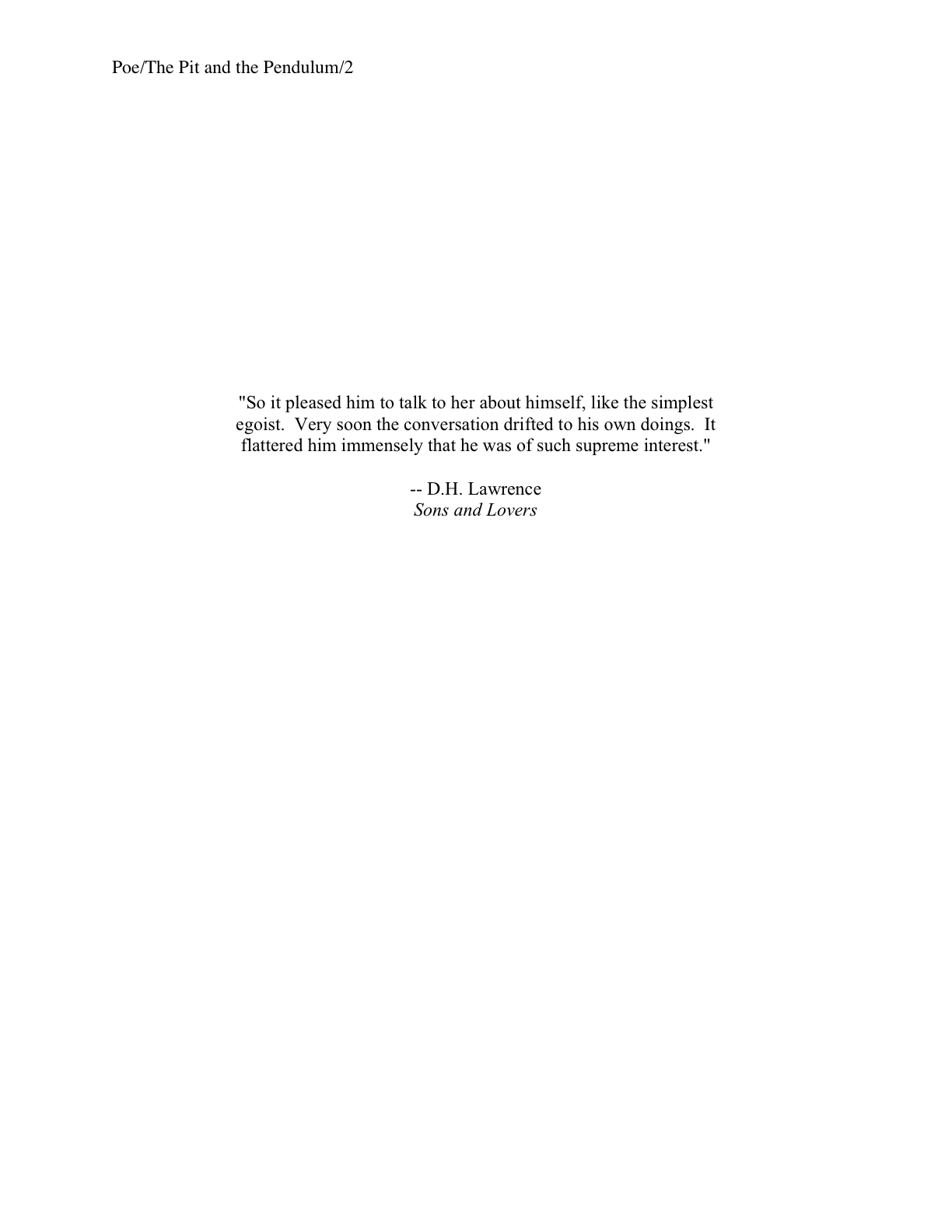


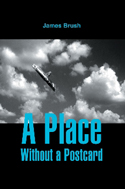
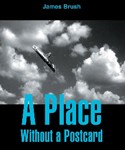 Paul Reynolds, a photographer who creates fake photos for tabloid magazines, wakes up with no idea where he is or how he got there. He can’t even recall his name. A strange man lurks nearby, breathing heavily and slowly flipping through a book. Paul hears the man’s breath, but he cannot see him. He realizes with mounting panic that his eyes no longer function.
Paul Reynolds, a photographer who creates fake photos for tabloid magazines, wakes up with no idea where he is or how he got there. He can’t even recall his name. A strange man lurks nearby, breathing heavily and slowly flipping through a book. Paul hears the man’s breath, but he cannot see him. He realizes with mounting panic that his eyes no longer function.

